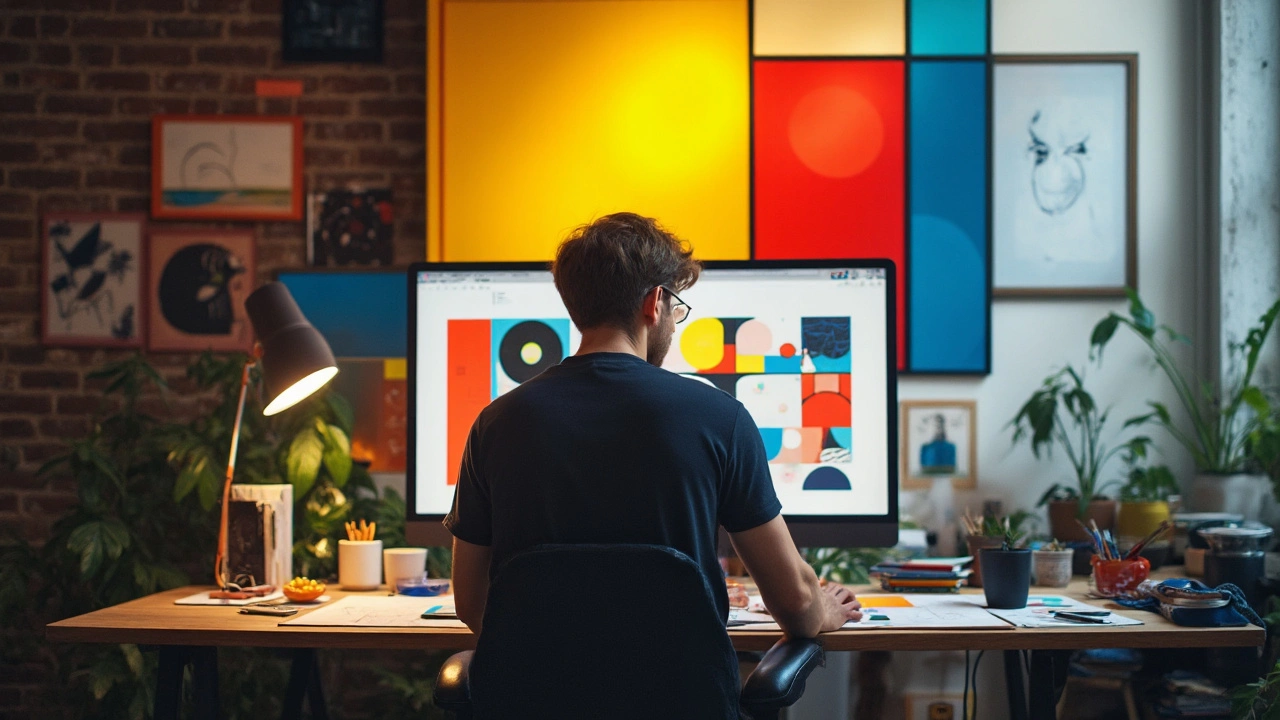Graphic design — practical ideas and inspiration
Want clear design ideas that actually help your projects? This tag pulls together style guides, history, and hands-on tips from posts across Paul Artistry. You’ll find short reads on movements that shape modern design — Bauhaus, Constructivism, Futurism — plus practical pieces like photorealism and avant‑garde decor that you can use right now.
Quick design tips you can use today
Start by choosing one style and applying its rules strictly. Want a clean, functional identity? Follow Bauhaus: use simple shapes, a strict grid, and two typefaces max. Need bold posters or social graphics? Pull from Constructivism: strong diagonals, high contrast colors, and tight hierarchy. Trying to sell a product? Photorealism techniques help you create believable mockups and packaging shots.
Keep these basics in your toolkit: limit your palette to 2–4 colors, use a 4–8 column grid for layout, set clear visual hierarchy with size and weight, and test legibility at small sizes. Export assets for the final medium: RGB for screens, CMYK for print. Simple checks—contrast ratio, spacing, and scalable vectors—save time later.
Where to find inspiration on Paul Artistry
Use the site's posts as a short course. Read "Bauhaus Design: How a German School Revolutionized Modern Style" for layout and furniture cues you can adapt to UI and print. Check "Constructivism Art’s Influence on Modern Culture" for bold poster ideas and clear messaging. If you need texture and realism, "Photorealism Art: Techniques, Secrets & History" shows methods you can mimic in product visuals and detailed illustrations.
For experimental projects, open "Fluxus" and "Installation Art" articles. They’ll push you to mix media, add interactivity, or design immersive brand experiences. If you work on interiors or lifestyle brands, "Avant‑Garde Home Décor" gives visual ways to marry graphic patterns with physical spaces.
Practical task: pick one article from this tag, then recreate one element in a 30‑minute sketch or mockup. Try a Bauhaus grid, a Constructivist poster layout, or a photorealistic product render. Keep it small and focused. You’ll learn faster by doing than by reading alone.
If you’re building a portfolio, show process: mood board, sketches, grid, final. Add brief notes on why you chose colors, type, and composition. That helps clients see your design thinking, not just pretty visuals.
Want specific reads? Start with Bauhaus and Photorealism posts, then branch to Constructivism and Futurism for motion or UI ideas. Come back to this tag when you need style direction or a fast idea boost. The posts are short, practical, and ready to use in real projects.

